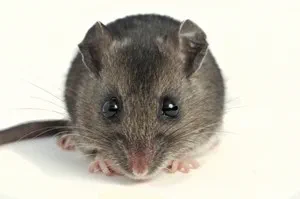
Discovering a mouse is loose in your home can be a real headache, and for restaurant owners, such an infestation can be an even bigger problem. Mice may be cute, but they simply do not belong in the kitchen, attic or anywhere else. If you've noticed any of these signs around your house or business, it may be time to call in a professional rodent exterminator: